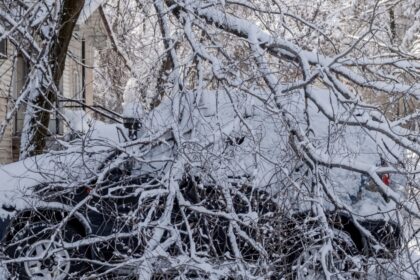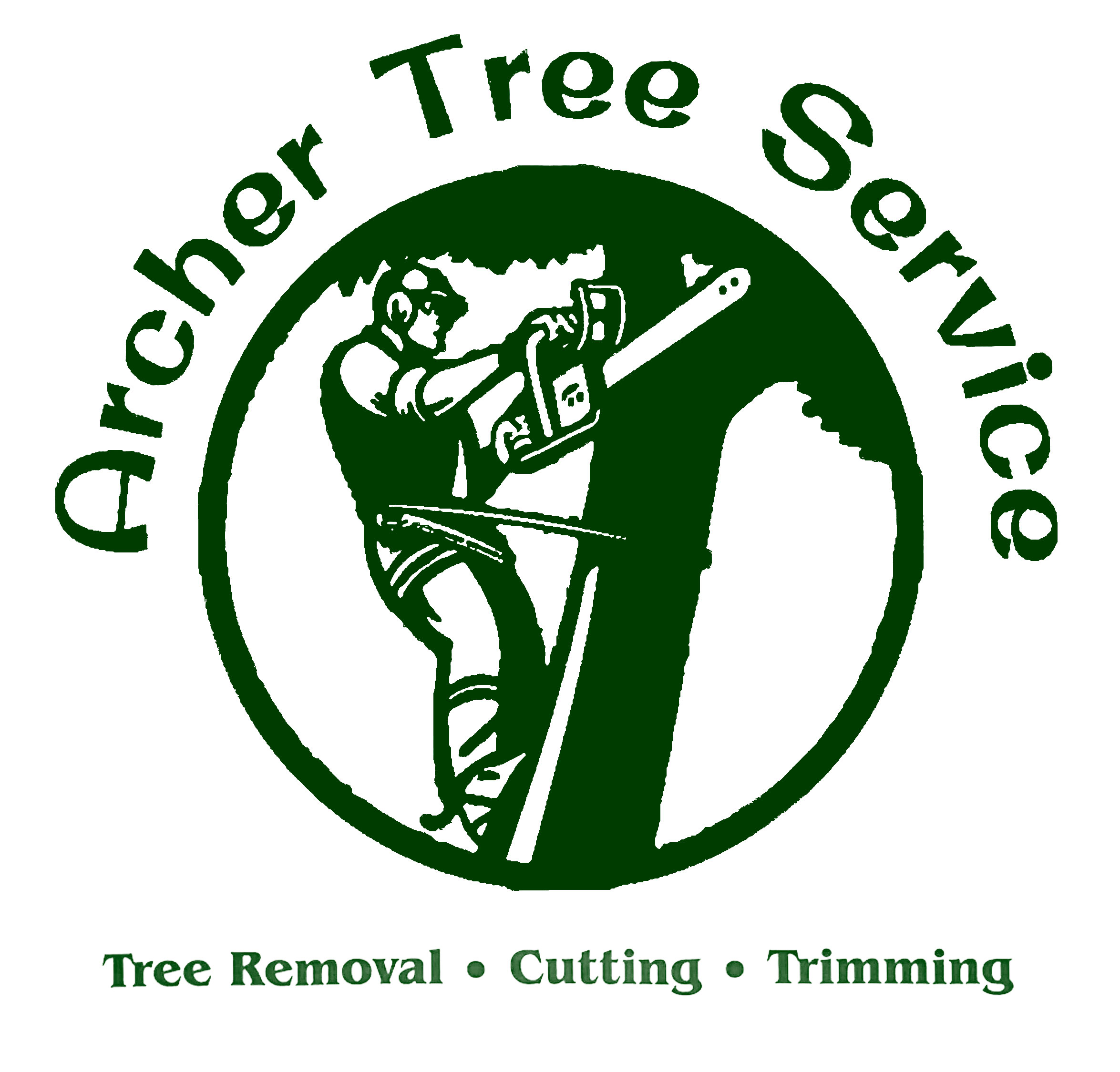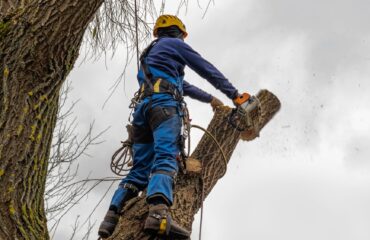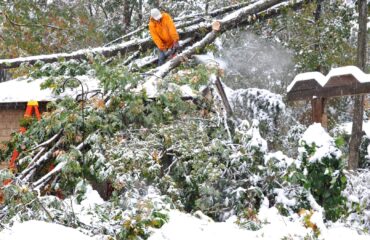
A Complete Guide for Homeowners and Gardeners
Winter storms can create picturesque snowy landscapes, but they can also wreak havoc on trees—leaving homeowners and gardeners with winter storm tree damage, damaged yards, safety hazards, and costly repairs. From heavy ice weighing down branches to high winds snapping trunks, the aftermath of a winter storm often leaves visible scars on our cherished greenery.
This guide dives into winter storm tree damage, how to identify and respond to it, and strategies to restore and protect your trees long-term. Whether you’re a homeowner aiming to safeguard your yard or a gardening enthusiast looking to nurture trees back to health, we’ve got you covered.
Understanding the Impact of Winter Storms on Trees
Winter storms present unique challenges for trees, from freezing rain to gale-force winds. The main types of winter storm tree damage include:
- Ice Accumulation: Ice storms coat branches in heavy layers of ice, bending them or causing them to snap.
- High Winds: Gusty winds uproot trees, cause blow-overs, and result in branch and crown fractures.
- Snow Loads: Prolonged snow buildup can lead to uneven weight distribution, increasing the risk of branch failure.
- Temperature Fluctuations: Freezing and thawing cycles weaken bark and increase susceptibility to long-term damage.
Recognizing these forces is the first step in understanding the vulnerabilities of your trees and planning their recovery and protection.
Identifying Signs of Winter Storm Tree Damage
After a storm, assessing your trees for damage is essential. Make sure to observe from a safe distance to avoid injury from falling branches or weakened trunks. Here’s what to look for:
- Leaning Trees: Sudden changes in tilt indicate root damage or blow-over risk.
- Broken or Hanging Branches: These can fall unpredictably and create hazards.
- Cracked Bark or Trunks: Structural weaknesses may compromise the tree’s health and stability.
- Split Crowns: Trees with major forks in their branches are more likely to split from heavy snow or ice.
- Stobs (Broken-off Branches): These wounds expose the tree to pests and disease.
- Uprooted Roots: Visible or shifted roots mean the tree’s anchorage is compromised.
If signs of damage are present, the next step is to act quickly to mitigate the risks.
Steps to Take for Immediate Winter Storm Tree Damage Response
A swift and careful response can prevent further harm to your trees and property. Follow these steps after winter storm tree damage:
1. Safety First
Ensure your safety when assessing damage. Avoid standing directly under leaning trees or broken branches. If there’s an imminent risk to your home or driveway, call a professional arborist immediately.
2. Remove Loose Debris
Gently remove small branches and debris to prevent additional stress to the tree. However, avoid shaking snow or ice off branches as this can cause more harm than good.
3. Address Hazardous Branches
Prune broken or hanging branches to reduce weight stress. If you’re unsure how to make proper cuts or if branches are too high, consult an ISA-certified arborist for professional care.
4. Stabilize Young or Small Trees
If young trees have toppled due to wind or snow, gently reposition and stake them upright. Add fresh soil around the roots to improve stability.
5. Wait for Nature to Act
Allow ice and snow to melt naturally. Forcing removal can result in further injuries to branches or bark.
Long-Term Restoration and Prevention Measures for Trees
The work doesn’t stop with storm cleanup. To ensure your trees thrive, focus on recovery and future storm preparation:
Pruning and Crown Thinning
- Trim branches strategically to reduce excess foliage while maintaining structural integrity.
- Remove co-dominant (forked) branches to prevent future splitting.
Enhance Tree Health
- Water and fertilize trees properly to promote growth and resilience.
- Avoid over-fertilizing with nitrogen, as this can lead to excessive crown expansion.
Balance Crowns
- Create more symmetric crowns by pruning lopsided growth. Trees with uneven crowns are more likely to tilt or snap under the weight of ice or snow.
Structural Integrity
- Remove pests or diseases that could weaken wood.
- Avoid cleaning out tree hollows unless necessary—removing decayed wood creates additional internal damage.
Lightning Protection
- For valuable or historic trees, consider installing lightning rods to prevent catastrophic electrical damage.
Professional Tree Services and DIY Tips for Tree Care
Professional arborists offer valuable expertise, especially when dealing with major damage or safety concerns. When should you call in the experts versus handling it yourself?
Call a Professional When:
- A large tree is leaning or uprooted near your home or power lines.
- Hanging branches pose a danger to people, property, or other trees.
- You’re unsure how to approach pruning or damage assessment safely.
DIY Tips
For minor issues, homeowners can:
- Use hand pruners or saws to trim small, low-hanging branches.
- Apply mulch around the base of trees for insulation and moisture retention during recovery.
Archer Tree Services Helps You After Winter Tree Storm Damage
Winter storms may test the strength of your trees, but with the right care and preparation, they can recover and thrive. Regular pruning, early damage assessment, and timely professional intervention ensure long-term health and reduce the risks of future winter storm tree damage.
Your trees are an integral part of your property’s beauty and value. Don’t wait until the next storm hits—be proactive. If you need expert advice, tree removal, stump grinding, trimming & pruning, emergency tree services, or mulching, Archer Tree Service has you covered. Contact us today for a free estimate or immediate assistance with emergency tree services.



